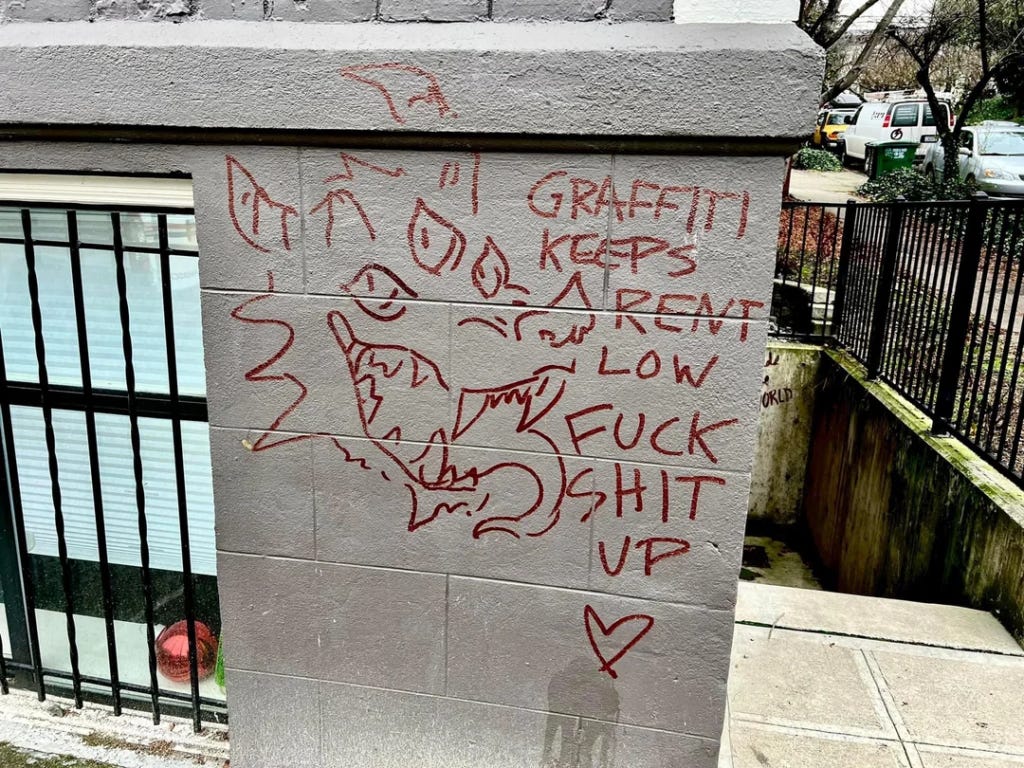Gentrification is one of the most widely discussed and motivating concepts in housing. Consistently across seemingly all parts of the United States there are groups of citizens decrying the danger and harms of “gentrification”. Some of these harms are real and worth consideration but the common “solutions” to address them are often at odds with their stated goals.
Let’s start with the common definition of gentrification. The process whereby the character of a poor urban area is changed by wealthier people moving in, improving housing, and attracting new businesses, typically displacing current inhabitants in the process
From this description the negative consequences of gentrification are mainly about the displacement of current residents as the area attracts more wealthy residents and visitors. This may seem unnecessary but I think it’s important to establish a common understanding of the term in order to discuss it.
I’ve seen many groups come to the conclusion that in order to prevent the displacement of current residents we must resist material improvements to the area. Any form of improvement to the area is labeled as a plot to gentrify or a give away to greedy somehow evil developers. This strikes me as non-sensical. Why should residents of a poor area be confined to substandard living conditions just to avoid displacement? Certainly the residents would benefit from healthier more abundant businesses, nicer public amenities, and increases in both private and public investment. As a side note, the hate for developers I feel is unwarranted. Developers facilitate improvements to areas and should be compensated accordingly. I would argue that we as a society have the means and the obligation to both raise living standards and prevent forced displacement of residents.
 The reason for wealthier people moving to an area is often the value of the land. This could be in the form of proximity to already desirable areas (e.g. Brooklyn a la Manhattan), jobs (e.g Bay Area for tech workers), or any number of other reasons. People will move to seek better lives. Solutions such as blocking new housing, rent control, or resisting material improvement won’t block new residents from coming.
The reason for wealthier people moving to an area is often the value of the land. This could be in the form of proximity to already desirable areas (e.g. Brooklyn a la Manhattan), jobs (e.g Bay Area for tech workers), or any number of other reasons. People will move to seek better lives. Solutions such as blocking new housing, rent control, or resisting material improvement won’t block new residents from coming.
By blocking new housing local areas artificially restrict the number of places people can live. This can be justified as “keeping the character of the neighborhood” or “preventing those ugly luxury apartment complexes from being built”. Unfortunately, if people want to live there they will not be deterred. Poor local residents will be displaced because more wealthy motivated people will just bid up the price of rentals or houses that do exist. The working class family of 4 in a two bedroom apartment will be unable to out bid the two tech workers with six figure salaries for the same unit. If the number of housing units stays fixed the poorer residents will inevitably be unable to keep up with the price of housing and be forced to move out.
Rent control is also often seen as a cure for current residents to be able to stay put. For those lucky enough to be put into a rent control apartment they’ll enjoy a below market price for renting their home. For the rest of people in the area, prices will need to go up because landlords will be missing out on the expected revenue from the rent controlled units and need to make it up elsewhere. Rent controlled apartment have also been shown to disincentivize up keep and investment by owners because there isn’t really any upside for the owners to do so.
It’s safe to say that graffiti and visibly dilapidating the lived environment isn’t a solution either. Current residents will likely disapprove of making their area worse, city officials and workers will be forced to clean up the mess, and people moving in will demand/incentivize a clean up. It’s likely only a small group of people would support and actively work towards this kind of solution.
In general the solution to this kind of problem is in my opinion fairly simple. Allow for more housing to be built. People are often resistant to change and I can understand current residents resisting new apartment buildings or luxury condos being built in their neighborhood. But, the alternative is the displacement that most people agree is the problem. Those new apartment buildings and condos aren’t necessarily for the current residents but mostly to absorb in the influx of new residents. If the two tech workers can live in a nice apartment building they won’t bid up the price of the working class family’s older unit. The older unit isn’t the “best” place to live but it’s a place to live. These new developments also bring new businesses and investment. For the current residents this mean more shopping choices, more job opportunities, and increased local tax revenue to fund public services.
Inspired by this article in Works in Progress: Gentrification as a Housing Problem